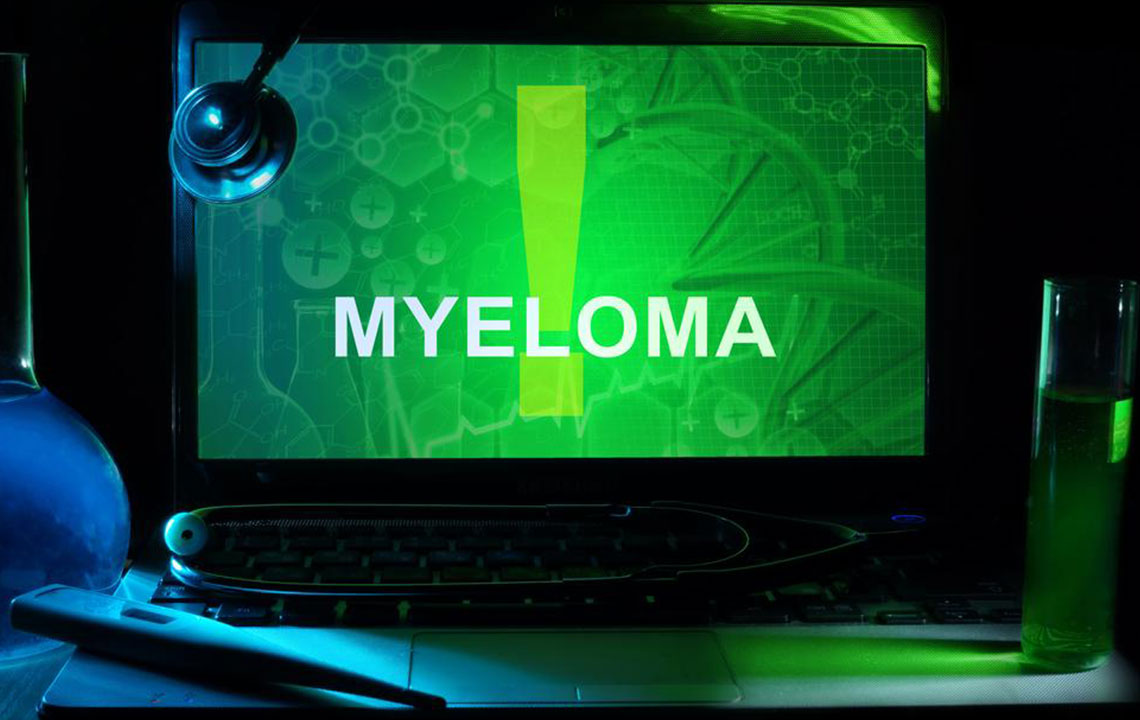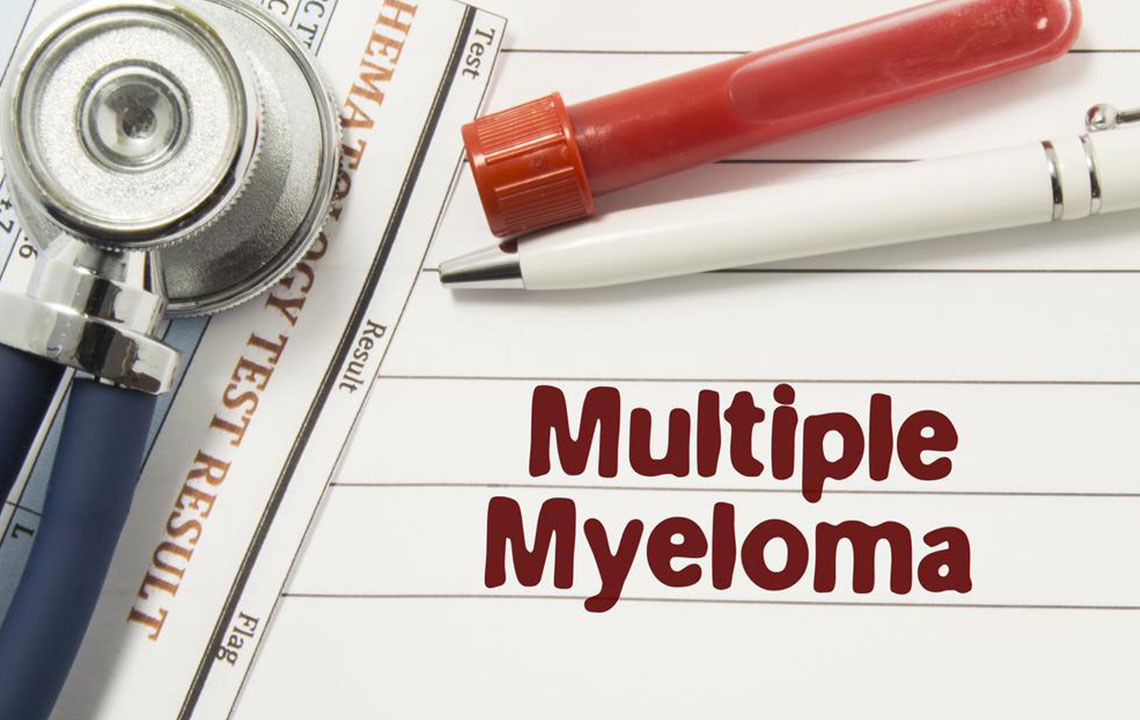Understanding Relapsed Multiple Myeloma: Key Facts and Treatment Options
This article provides essential insights into relapsed multiple myeloma, highlighting its recurrence possibilities, treatment strategies, and importance of ongoing monitoring. It emphasizes that while no cure exists, advanced therapies can manage relapses effectively, improving patient quality of life.

Understanding Relapsed Multiple Myeloma: Key Facts and Treatment Options
Many patients ask whether multiple myeloma can come back after treatment. The reality is that relapse or recurrence is possible. When the cancer returns after initial therapy, it is called recurrent or relapsed myeloma. Since there is currently no cure, it’s important to monitor for potential recurrence even years after treatment, especially following stem cell transplants.
Some individuals remain disease-free post-transplant, but about 25% may experience a return after several chemotherapy cycles. Advanced therapies, including targeted medications and combination treatments, are now used to improve outcomes and prolong survival in relapsed cases.
High-dose chemotherapy remains a powerful approach to eliminate cancer cells. Treatment decisions depend on patient health, prior therapies, and disease progression, which can range from slow-growing (indolent) to aggressive forms involving anemia, bone damage, or kidney failure.
Patients should discuss their options with healthcare providers and consider second opinions. Regular follow-up exams are essential since myeloma can relapse without warning. Ongoing monitoring helps manage the disease effectively and tailor treatments as needed.










